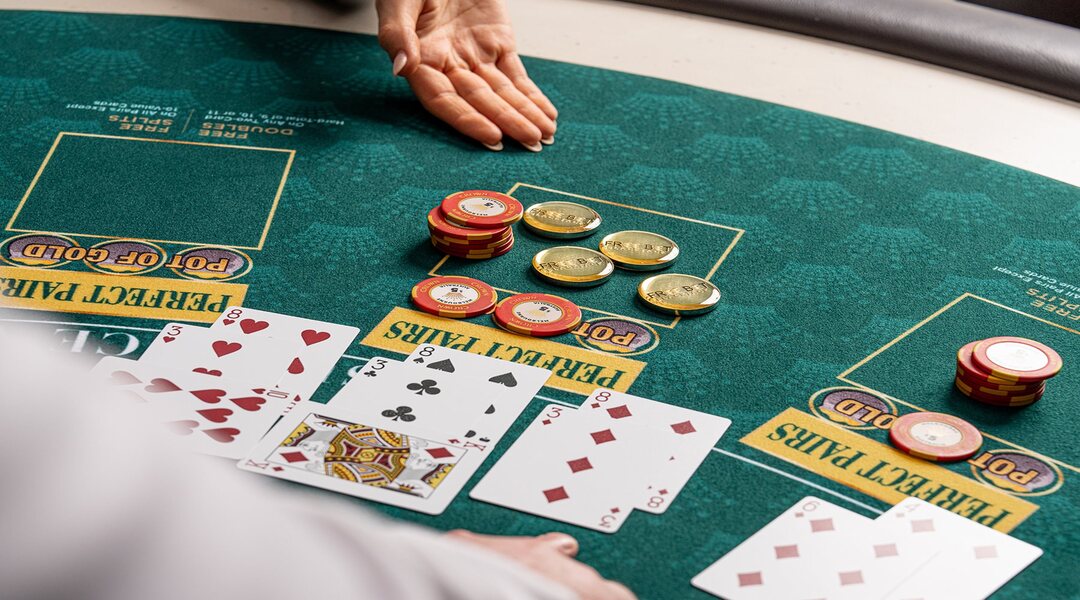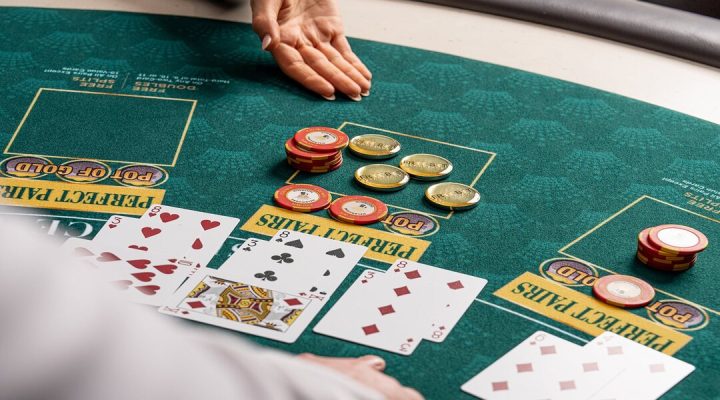Blackjack Strategies: Mastering With A Full Guide

Blackjack remains one of the most popular casino games, loved for its mix of strategy and chance. While luck plays a role, understanding and employing effective blackjack strategies can significantly increase your odds of success. In this guide, we’ll explore key approaches, analyze their effectiveness, and help you refine your skills for the blackjack table.
Understanding the Basics of Blackjack
Before diving into strategies, it’s crucial to grasp the game’s fundamentals. Blackjack, often called “21,” is a card game where the goal is to beat the dealer’s hand without exceeding 21. Players must decide whether to “hit,” “stand,” “double down,” or “split” based on their hand and the dealer’s visible card. This dynamic interplay between strategy and risk makes blackjack both exciting and challenging.
A core component of successful play is understanding probabilities. For instance, a player holding a 16 against a dealer’s face card statistically loses about 77% of the time. Recognizing these probabilities lays the foundation for mastering advanced strategies.
The Cornerstone: Basic Strategy Blackjack
The cornerstone of blackjack success is basic strategy blackjack, a mathematically proven approach to minimize the house edge. This strategy uses a detailed chart outlining the optimal move—hit, stand, double, or split—for every possible combination of your hand and the dealer’s upcard. Key Elements of Basic Strategy:
Hitting and Standing:
- Always hit when your hand totals 8 or less.
- Stand on totals of 17 or higher unless the dealer shows an Ace.
Doubling Down:
- Double down when your total is 11, especially against a dealer’s 6 or lower.
- Avoid doubling down if the dealer shows a strong card like a 10 or Ace.
Splitting Pairs:
- Always split Aces and 8s.
- Never split 5s or 10s, as these are stronger as a total than as separate hands.
Using basic strategy can reduce the house edge to as low as 0.5%, giving players a more competitive advantage.
Advanced Blackjack Strategies
Once comfortable with basic strategy, consider incorporating advanced tactics to further improve your game.

Card Counting
Popularized by films and professional players, card counting involves tracking the ratio of high to low cards remaining in the deck. A high concentration of 10s and Aces benefits the player, as it increases the chances of landing a blackjack or forcing the dealer to bust.
Card counting is most effective in single-deck or low-deck games and requires practice to master.
Bankroll Management
Effective bankroll management is another often-overlooked strategy. Setting strict limits on wins and losses prevents reckless decisions and ensures a more sustainable playing experience. For example, if you plan to bet $10 per hand, ensure your total bankroll allows for at least 50 bets to weather potential downswings.
Table Etiquette and Dealer Dynamics
Understanding table etiquette and observing the dealer’s tendencies can provide subtle advantages. For instance, some dealers are more consistent in their shuffling or handling of cards, which experienced players can exploit.
Additionally, choosing the right table is crucial. Look for tables offering favorable rules, such as allowing doubling down on any two cards or late surrender options.
How to Win at Blackjack Consistently
Consistency in blackjack comes from disciplined play and adhering to established strategies. While no method guarantees wins every time, certain practices increase the likelihood of long-term success:
Checklist for Consistent Wins
- Always follow basic strategy.
- Avoid insurance bets, as they statistically favor the house.
- Select tables with lower minimum bets to extend your playing time.
- Stay focused and avoid chasing losses.
Comparative Blackjack Guide: Strategies and Results
Below is a simplified table comparing the effectiveness of common strategies:
| Strategy | House Edge Reduction | Ease of Use | Risk Level |
|---|---|---|---|
| Basic Strategy | 0.5% | Easy | Low |
| Card Counting | 1-2% | Moderate | Medium |
| Progressive Betting Systems | 0% | Easy | High |
| Bankroll Management | Indirect | Easy | Low |
The table highlights how mastering basic strategy and card counting can yield tangible results, while progressive betting systems often increase financial risk without lowering the house edge.
Final Thoughts on Blackjack Strategies
Mastering blackjack strategies involves more than memorizing charts or learning card counting; it’s about understanding the game’s dynamics and managing your behavior at the table. With the right balance of knowledge, discipline, and patience, players can reduce the house edge and improve their odds.
While blackjack remains a game of chance, a calculated approach transforms it into one of the most skill-based options in the casino world. Remember, the goal is to make informed decisions every step of the way, ensuring an engaging and rewarding experience each time you play.
Whether you’re a novice or an experienced player, implementing these strategies is your first step towards mastering the art of blackjack.